IMF social spending goal missed
Sindh, K-P, Punjab miss key targets as infrastructure projects get preference
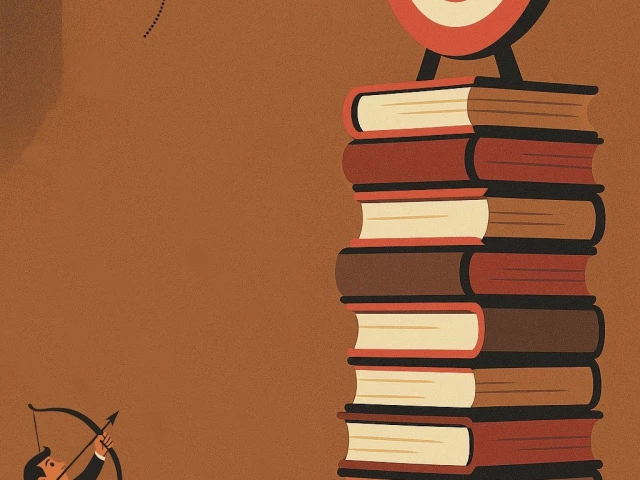
Pakistan narrowly missed the International Monetary Fund's (IMF) target to spend at least Rs2.86 trillion on improving poor health and education standards, as Sindh, Khyber- Pakhtunkhwa (K-P), and Punjab fell short of their commitments.
Education spending appeared to be a low priority, despite one in four children being out of school and half of grade-five students unable to read grade-two Urdu stories.
Against the target of Rs2.863 trillion, the federal and four provincial governments spent Rs2.84 trillion in the last fiscal year, missing the mark by Rs27 billion, according to government sources.
Compared to the targets in the memorandums of understanding (MOUs) signed by all five governments, expenditures were Rs240 billion lower than commitments. Sindh, Khyber-Pakhtunkhwa, and Punjab missed their targets by wide margins, while the federal and Balochistan governments exceeded theirs. Poor administrative structures and low absorption capacity were cited as major reasons for the shortfall.
The IMF set quarterly and annual ceilings to ensure health and education spending was not sacrificed for meeting other conditions such as cash surpluses and budget balances. In May, Pakistani authorities assured the IMF they would work to improve provincial capacity in these sectors.
The IMF's staff report stated that Pakistan's health and education spending has declined since 2018. All governments had aimed for a modest increase in spending to 2.4% of GDP, but execution fell short, particularly in Sindh and Khyber-Pakhtunkhwa, due to absorption issues.
The IMF's annual target was missed despite higher spending in the last quarter. Against a quarterly target of Rs713 billion, the five governments spent Rs937 billion in April-June, which was nearly one-third more than planned. However, this late surge failed to offset shortfalls from the first three quarters.
Authorities had acknowledged the decline in non-Benazir Income Support Programme (BISP) health and education spending in recent years and committed to gradually increasing it as a share of GDP over the three-year IMF programme.
Compared to internal budgetary targets, the federal government spent Rs261 billion on health and education against a Rs248 billion target. Punjab fell Rs35 billion short, spending Rs1.15 trillion in total. Provincial Information Minister Azma Bukhari said Punjab's health budget was Rs524.8 billion, with Rs505 billion actually spent — 96% of the target. Education spending was targeted at Rs664 billion but stood at Rs649 billion, or 98% of the goal.
Sindh, under the government of Chief Minister Syed Murad Ali Shah, fell Rs153 billion short, spending Rs670 billion against a target of Rs853 billion, said the sources. Provincial governments often favour large infrastructure projects with more visibility to voters over softer social spending targets.
Khyber-Pakhtunkhwa spent Rs545 billion on health and education compared to the Rs600 billion target, missing by Rs55 billion. Balochistan, however, exceeded its target by Rs25 billion, spending Rs206 billion.
A recent World Bank report for the "Actions to Strengthen Performance for Inclusive and Responsive Education" programme said Pakistan still struggles with equitable access to education, with significant disparities across levels and genders.
The gross intake ratio in grade one is 91%, with disparities between males and females. Transition rates from primary to middle school are 83%, and from middle to secondary school, 92%, according to the World Bank. However, the gross enrollment rate drops sharply from 78% at primary level to 22% in higher secondary education, highlighting retention issues.
Out-of-school children remain a major concern, with 26.1 million, or 38% of the school-age population, not attending school in 2022-23. Gender disparities worsen at higher education levels, and rural areas are hardest hit, accounting for 74% of out-of-school children. For girls, lack of access is a critical barrier.
Despite progress in enrolment, earning outcomes remain low, with national assessments showing a decline in foundational literacy and numeracy (FLN). In 2023, only 50% of grade-five students could read a grade-two story in Urdu or Sindhi, down from 55% in 2021. English literacy also slipped, with just 54% of grade-five students able to read simple sentences, compared to 56% in 2021. Numeracy skills also worsened.
World Bank publications on health sector loans show a similarly troubling picture. Although Pakistan has seen improvements in health outcomes over the past decade, it is unlikely to meet most 2030 health-related Sustainable Development Goals (SDGs) at the current pace.
Life expectancy has improved but remains among the lowest in South Asia. Progress in reproductive, maternal, and child health is also inadequate, and Pakistan remains one of only two countries where polio is endemic.







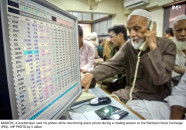






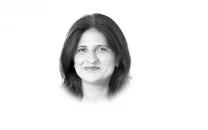
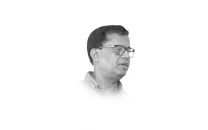
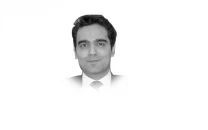



COMMENTS
Comments are moderated and generally will be posted if they are on-topic and not abusive.
For more information, please see our Comments FAQ